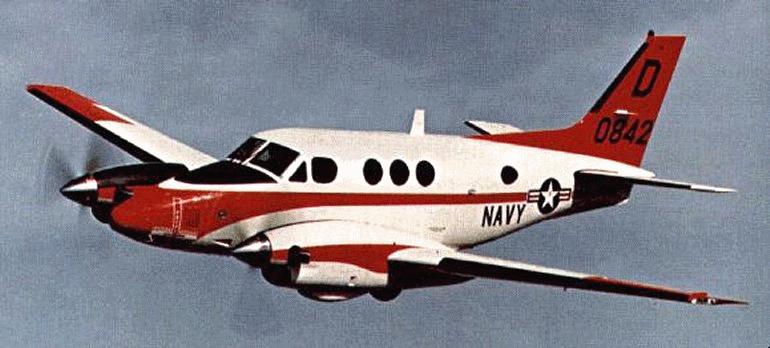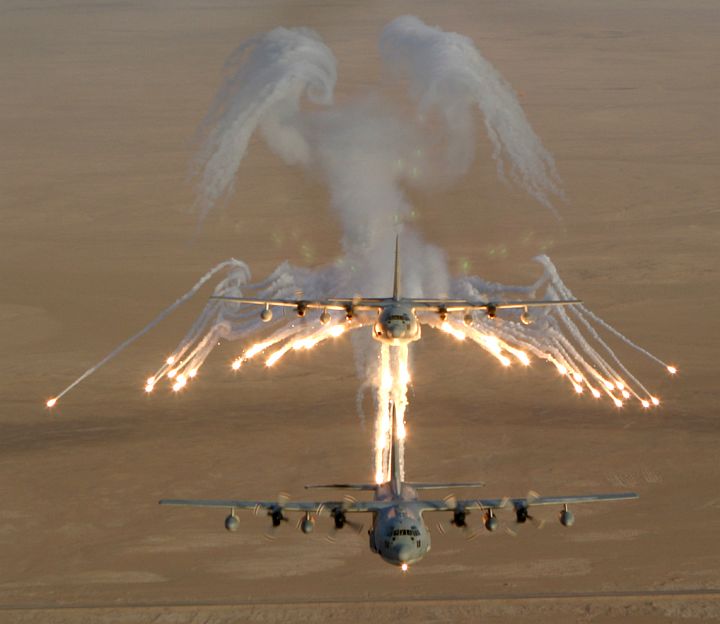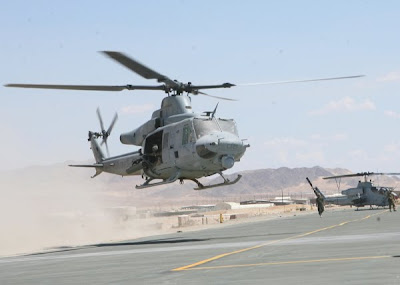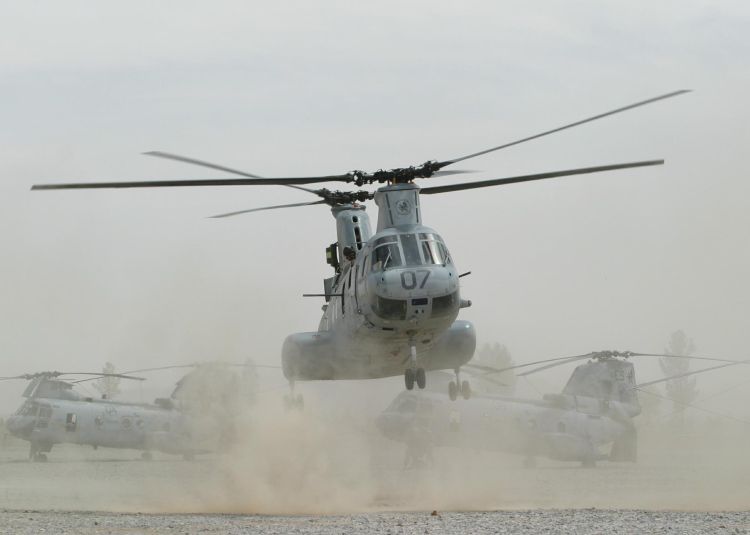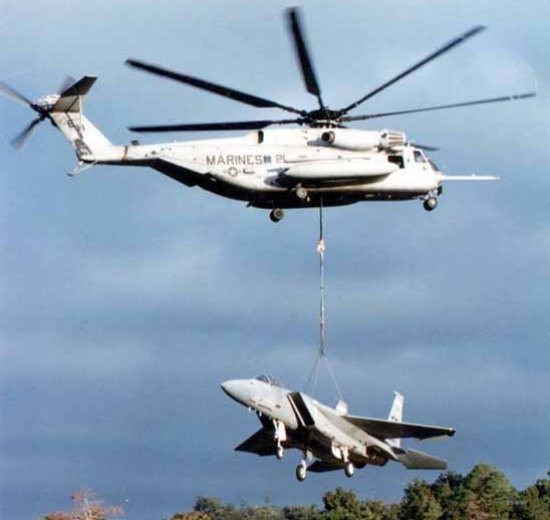The history of Marine Corps aviation goes back to the first part of the 20th century right there with the birth of aviation. Just as everything in the Marine Corps it has its traditions and has always been on the cutting edge of finding new and innovative ways to use new found technologies. Marines were at the fore front of how to use aircraft in an observation role and mostly how to use aircraft to provide close air support to maneuvering ground forces. When the helicopter came into being in the 1940's, the Marine Corps was right there to develop tactics and come up with ways to effectively use it to become a force multiplier on the battlefield.
Becoming a Marine Aviator is no easy task. It is not for everyone. It is extremely challenging and continues to be so at every stage in your career. There are many steps to take and many fall short of the mark. It requires a great deal of commitment and there has to be no doubt in your mind that is what you want to do. On the flip side if you do in fact accomplish your goal, there is no job more rewarding and what you will have accomplished will be second to none. First and foremost, you must become a Marine. You must become a leader of Marines. Then become a pilot. And I am not just talking pilot someone who flys an aircraft. The flying although obviosly the most important part it is not just burning holes in the sky and sight seeing. It is to learn how to tactically employ your aircraft as a weapon and support the Marine Riflemen on the ground and their scheme of manuever. You will become an integral part of the Marine Corps Air Ground task force. There are 6 functions of Marine Corps Aviation. Assault Support, Anti-Aircraft Warfare, Offensive Air Support, Electronic Warfare, Control of Aircraft and missles, and Aerial Reconnaissance. Through the use of these 6 functions the Aviation Combat Element (ACE) helps the Ground Combat Element (GCE) accomplish the Marine Corps mission.
Last edited:





